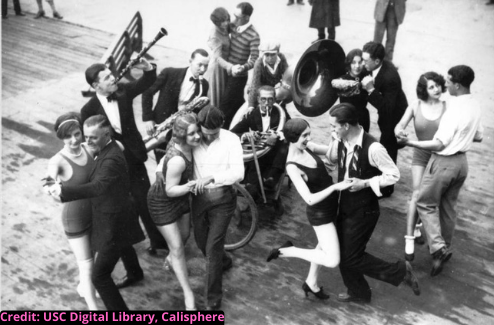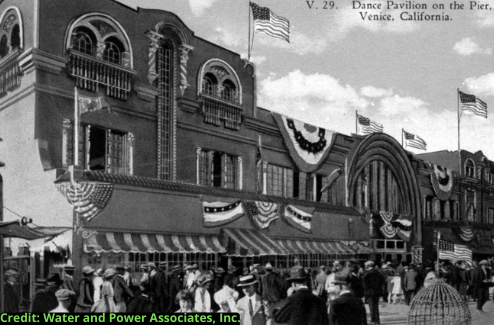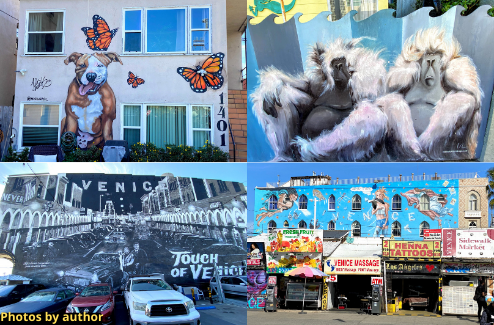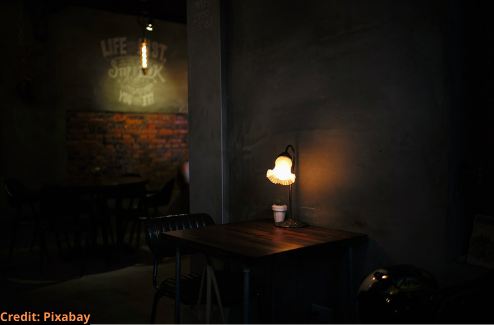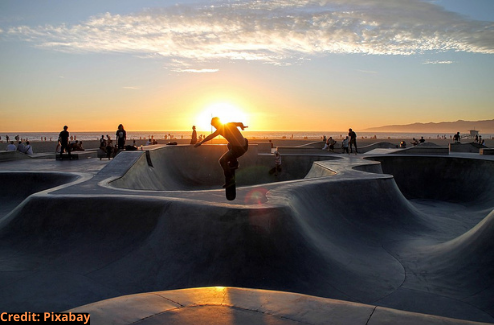In large part, the beat poetry movement was a reaction to the WWII era and its socio-political norms that the Beatniks railed against. In the 1950’s, Venice’s poets started meeting on the beaches, in bars and cafes, and in their private homes to read poetry and reflect on much needed changes in society. There were two very different sects of poets: academics and those who were self-taught, and Venice’s writers were primarily of the self-taught variety. They were non-conformists who didn’t care about becoming well-known and, in fact, were suspicious of the popular writer.
There was a common ritual that typified the Venice beat poetry movement. Poets and artists were known to come together on Venice Beach, read their poetry aloud and, after doing so, burn the poems! Their form of expression was not focused on spreading their work for notoriety or critique, but rather sharing their work with fellow artists and moving on to the next experience, without leaving a trace.
Skate Culture
